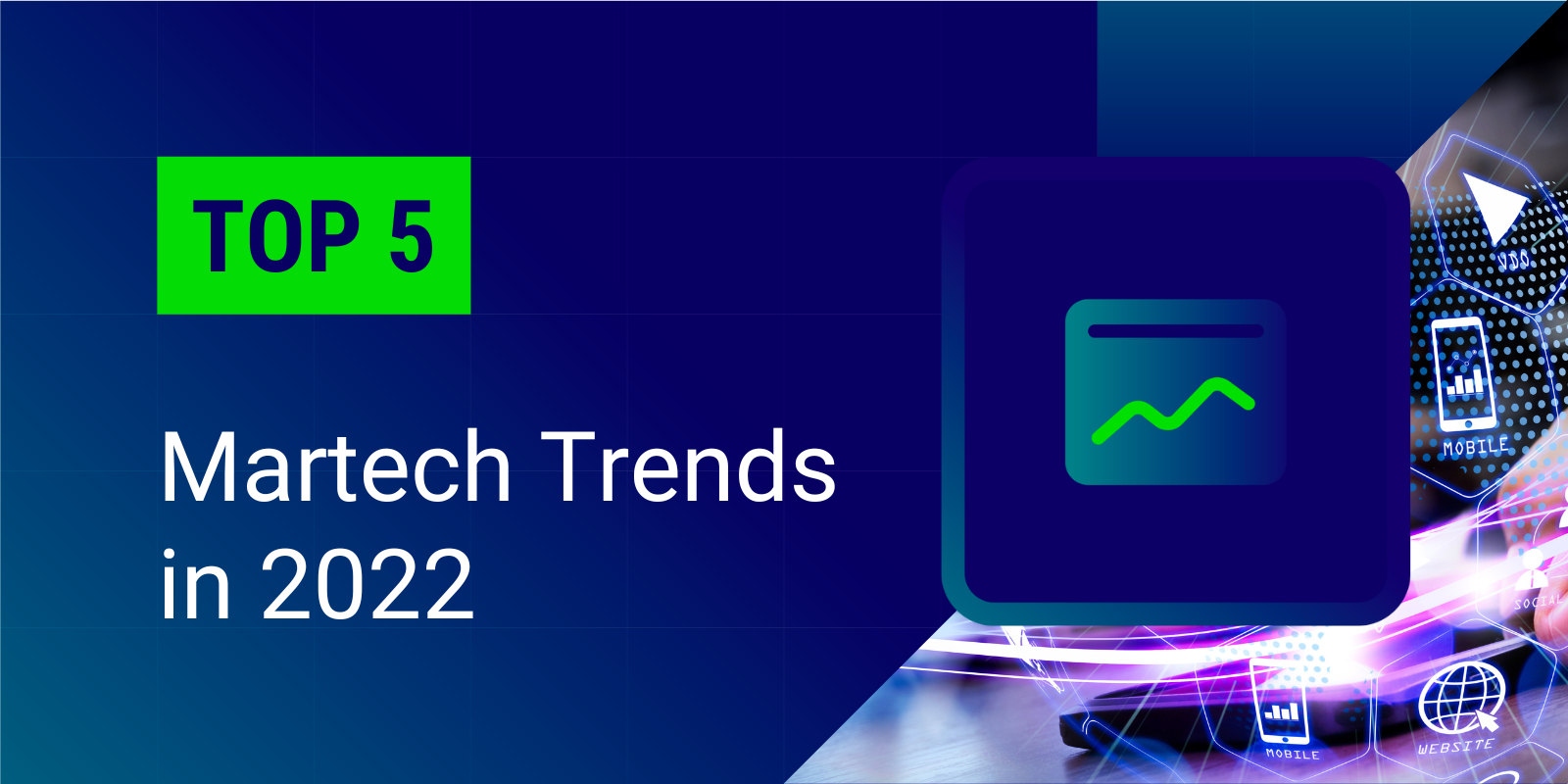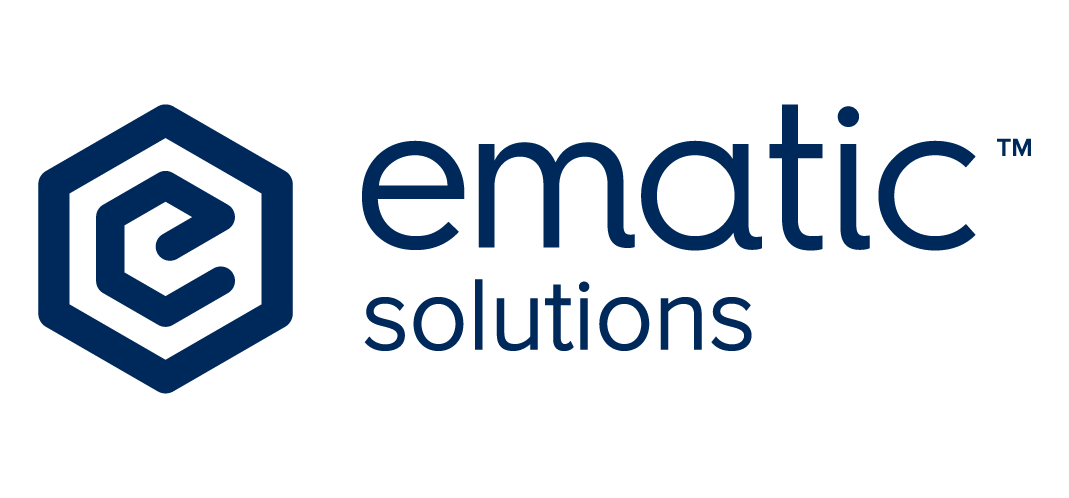5 Martech trends you need to know for 2022

As digital transformation accelerates, many businesses now see marketing tools as a fundamental investment. In 2021, the COVID-19 has facilitated the growth of online sales. Looking forward to 2022, how would marketing technology evolve, and what are some new trends worthy of attention? Here we summarize the top 5 marketing technology trends, to help you navigate through the dynamic market landscape. #1 Get ready to the cookie-less future Almost every marketer knows the era of data privacy is coming, yet more than three in five brands are not ready for a cookie-less future, found Adobe. From third party data to first- , zero- party data Despite Google extending the third-party cookie phase-out to 2023, marketing leaders have limited time to rethink their marketing strategy with owned data (first-party, zero-party) in mind. After all, the removal of third-party cookies from Chrome (65% of the global browser market) means significant erosion on the accuracy of audience targeting and effectiveness of advertising campaigns (ROAS). The need to centralise customer data in one place A future-proof cookie-less solution involves first- / zero- party data , user cohorts, contextual and more AI-driven ensembles to understand and interact with audiences. First party data is the data your customers give consent for you to collect, like website behaviour, email, phone etc. Zero-party data is data that your customers intentionally share with you – think of the data you collect from the customer survey, quiz etc. Both first- and zero- party data come directly from your customer and are owned by you. Despite customer-centric marketing being no new concept, it becomes unignorable in the cookie-less era. The need of using a centralized customer data platform (CDP) to streamline data collection, build a single view of customers and connect data to multiple channels thus arises fast. In western countries, CDP has been widely adopted. Around 50% of businesses either have adopted or are adopting a CDP solution. In Asia, the progress started slower. However, as the massive consumer migration from offline to line, the demand of customer data integration grows rapidly under COVID-19. In 2022, we expect to see a significant uptake of CDP adoption. Advice from Ematic The direction is clear, but the path is murky. The problem a lot of brands are facing nowadays is indeed not the technical integration, but the lack of a data plan. Remember, simply hosting data will not help you solve anything until you start using it. If a full-blown “first-party data strategy” sounds too daunting, you can always start testing the water with mapping your key user journeys into narrow use cases and orchestrating cross-channel communication. #2 Personalization continues to conquer the market Now you want to put first-party/ zero-party data collection in your marketing game plan, but to do so you first need permission from your customers. Your success in consent-based marketing is built on a solid foundation of trust. Relationships are bilateral. Customers would be much more willing to share data with you when they know what value they exchange their data for. Remember when you agreed to share with Netflix three shows you like for a personalised recommendation? If so, then you know exactly what we are talking about here. Personalization becomes “Basic Expectation” It is no secret that personalization is no longer a good-to-have but a must-have. According to Accenture, 91% of consumers today say they are more likely to shop with brands that provide offers and recommendations that are relevant to them.. While 85% of businesses believe they provide a somewhat personalized experience to customers, only 60% of consumers agree with that (Twilio Segment, The State of Personalization 2021 Report) Obviously, there is a gap between what companies deliver and what customers really want. But where does it lie? Just doing as you already do is not enough, you need to do BETTER Firstly, personalization is about journeys, not sessions. Despite that brands own multiple channels to communicate with customers these days, these are often run in silo. As a result, similar marketing messages through the different channels reach the customer without orchestration, oftentimes resulting in annoying over-communication. On the other hand, while 70% marketers apply personalization on email, only around 20% use personalization in other channels. As a result, overall user experience remains fragmented. Secondly, personalization needs to be done at scale. Manual rule-based segmentation to deliver personalized experience only goes so far. Consumer behavior is extremely complicated and non-linear – they can browse several different things across several devices, get into something and soon be attracted by the other. Simple conditional rules cannot describe them well, but setting up a lot of rules is also overkill. That’s why most of the personalization is done on a small scale. Luckily, AI can be used to alleviate such problems and realize real 1:1 personalization, with its capability to quickly understand the real intent of customers, predict actions and provide real-time recommendations. With the necessity to deliver better personalized experience, it is imperative for marketers to keep multi-channel orchestration based on user journeys and AI-supported predictions at the core. #3 Channel spotlight: Emails, chatbots and their trends Among all the marketing channels, emails and chatbots are in the spotlight of 2022. Email is back (and cooler!) Thought email is outdated? Well, think again. 78% of marketers said they’ve seen an increase in email engagement over the last 12 months. In addition, Email still performs as one of the highest ROI marketing channels, according to a survey by Hubspot. Aside from its decent performance in driving engagement and conversion, email addresses are used as a common user identifier that connects other first-party data. No wonder email has made a strong comeback in recent years. On social media, we’ve seen marketers actively trying new formats to wield their creativity. In email, there’s no exception. More and more brands start to include interactive content to drive engagement. Some examples include British Airways, who use a countdown timer to remind customers of the time left in the sale; Amazon’s direct rating

